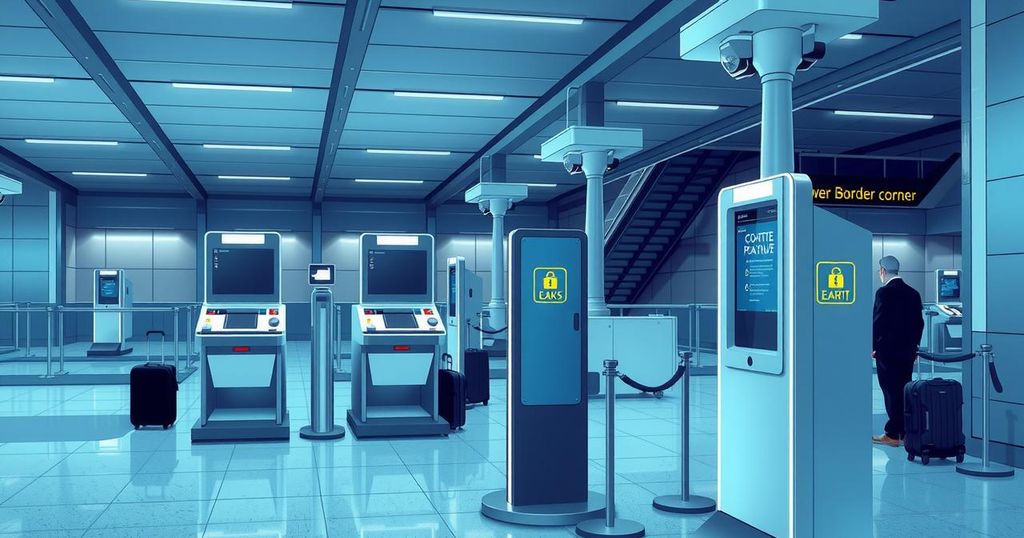- Travelers from Thailand, Singapore, Malaysia, Indonesia, Vietnam, and the Philippines will undergo changes in entry processes starting late 2025.
- The ETIAS system simplifies visa procedures by allowing online applications for European travel authorization.
- EES introduces biometric data tracking, improving security and border control at entry points.
- Biometric registration will replace traditional passport stamping at Schengen borders for entry.
- Travelers from visa-required countries like Indonesia and Vietnam will still apply for visas but will encounter biometric collection under the EES.
New Systems Set to Transform Travel to Europe
Starting late 2025, travelers from Thailand, Singapore, Malaysia, Indonesia, Vietnam, and the Philippines will see new changes in entering Europe. The introduction of the European Travel Information and Authorisation System (ETIAS) alongside the Entry/Exit System (EES) is set to simplify and enhance the border entry process. This new protocol aims to replace traditional visa procedures and passport stamping with a more streamlined and efficient online travel authorization and biometric data collection at points of entry, which not only aims to boost safety but also improve processing times for travelers at the border.
Understanding ETIAS and EES Initiatives
What’s also intriguing about the ETIAS and EES systems is that they will reshape how Southeast Asian tourists engage with the Schengen Area. The EES will discard the outdated passport stamping system, utilizing biometric data collection—like fingerprints and facial images—instead. Travelers will have their length of stay automatically monitored to ensure compliance with allowed visitation periods, effectively addressing concerns such as overstays and identity fraud, aiming for a faster, more secure border experience.
What to Expect for Southeast Asian Travelers
For travelers from countries like Thailand and Singapore, they need to know what these changes mean for their upcoming European ventures. Thai citizens, for instance, need to secure ETIAS authorization as the usual visa-free entry remains intact. The same applies to Singaporeans—visa-free status is maintained, but that authorization application is critical. Meanwhile, for Malaysians, the process is set to stay the same; however, they, too, will need to complete the ETIAS application. Now, travelers from Indonesia, Vietnam, and the Philippines, who need a visa, will still need to follow that route, but biometric data collection via EES will affect how they enter Europe starting in late 2025.
In summary, the introduction of ETIAS and EES in late 2025 marks a transformative shift in how travelers from Southeast Asia engage with Europe. These systems promote efficiency and bolster security, making the traveling experience smoother for millions. While these changes simplify entry for some, they still hold visa requirements for others, reinforcing the need to stay informed on these evolving regulations.






